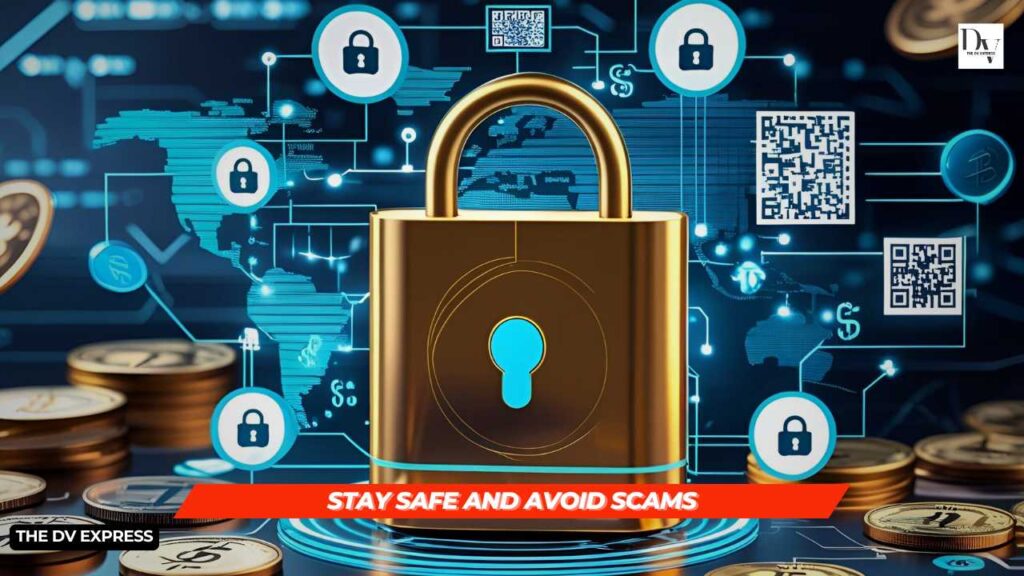📌 Introduction: The Rise of Crypto in India
In recent years, cryptocurrency has emerged as one of the hottest investment options globally—and India is no exception. With rising internet penetration, a tech-savvy youth population, and increasing financial literacy, more Indians are turning their attention to Bitcoin, Ethereum, and other digital currencies.
If you’re new to the world of crypto and feeling overwhelmed by the jargon and volatility, don’t worry. This beginner-friendly guide is crafted just for you. We’ll walk you through every step, from understanding what crypto is to making your first investment safely and smartly.

💡 What is Cryptocurrency?
Cryptocurrency is a type of digital or virtual currency that uses cryptography for security. Unlike traditional currencies like the Indian Rupee, cryptocurrencies operate on decentralized networks—usually based on blockchain technology.
Popular examples include:
- Bitcoin (BTC) – The first and most valuable cryptocurrency.
- Ethereum (ETH) – Known for its smart contract functionality.
- Tether (USDT) – A stablecoin tied to the value of the US dollar.
These currencies are not issued or controlled by any government or bank, which makes them unique and sometimes controversial.
Is Crypto Legal in India?
The legality of crypto in India has seen some confusion over the years. While the Reserve Bank of India (RBI) had once banned crypto transactions in 2018, the Supreme Court overturned that decision in 2020. As of now:
- Crypto trading is legal in India.
- Crypto is taxed under the Income Tax Act (flat 30% on profits, 1% TDS per transaction).
- The Indian government is working toward regulating crypto under the Digital India initiative.
So yes, you can invest—but keep your taxes in check and follow regulatory updates.
🧠 Step 1: Understand the Risks and Volatility
Before jumping in, remember that cryptocurrency is highly volatile. Prices can swing wildly in minutes.
Key risks include:
- Market volatility – Prices fluctuate rapidly.
- Security threats – Exchanges and wallets can be hacked.
- Regulatory changes – Government policies may evolve.
- Scams and frauds – Fake coins and phishing attacks are common.
It’s crucial to never invest more than you can afford to lose. Always treat crypto as a high-risk, high-reward investment.
📲 Step 2: Choose a Crypto Exchange
To buy cryptocurrency, you need to register on a trusted crypto exchange. In India, some of the most popular platforms are:
1. CoinDCX
- Simple interface
- Good for beginners
- Offers SIP in crypto
2. WazirX
- Backed by Binance
- High liquidity
- Good customer support
3. ZebPay
- One of India’s oldest exchanges
- Focus on security
- Flat fee structure
Compare fees, supported coins, KYC process, and reviews before selecting your platform.
🔐 Step 3: Complete KYC and Set Up Your Wallet
After choosing an exchange:
✅ Complete KYC:
- Submit your PAN card, Aadhaar, or other ID proof
- Selfie verification
- Bank account linking
This is mandatory to comply with Indian regulations.
🧳 Set Up a Wallet:
A wallet is where you store your cryptocurrencies. There are two main types:
- Hot Wallets (online): Built into exchanges, convenient but more vulnerable
- Cold Wallets (offline): Hardware wallets like Ledger or Trezor, safest option
As a beginner, start with the hot wallet provided by your exchange and move to a cold wallet once your investments grow.
💸 Step 4: Make Your First Crypto Purchase
Now comes the exciting part—buying your first crypto!
- Deposit INR into your exchange wallet using UPI/IMPS/net banking.
- Choose the coin you want to buy (e.g., Bitcoin, Ethereum).
- Enter the amount and place your order.
- Crypto is added to your wallet instantly.
💡 Tip: Start small—invest ₹500 to ₹1000 just to get familiar with the process.
📚 Step 5: Learn to Analyze the Market
Unlike stocks, crypto doesn’t have earnings reports or balance sheets. But there are still tools to help you make informed decisions.
🛠 Basic Analysis Tools:
- CoinMarketCap or CoinGecko for live prices and coin data
- TradingView for technical chart analysis
- Crypto Twitter and Reddit for community insights
📈 Indicators to Watch:
- RSI (Relative Strength Index)
- MACD (Moving Average Convergence Divergence)
- Market sentiment
As a beginner, focus on understanding price trends and avoiding impulsive decisions.

🛡️ Step 6: Stay Safe and Avoid Scams
Scams are rampant in the crypto space. Some red flags to watch for:
- Guaranteed profits (there’s no such thing!)
- Fake investment schemes
- Phishing emails from “exchanges”
- Malicious wallet links
🔐 Security Tips:
- Enable two-factor authentication (2FA)
- Never share your wallet keys
- Avoid clicking suspicious links
- Stick to reputed exchanges
📊 Step 7: Keep Track of Your Portfolio and Taxes
Once you start investing, it’s important to track performance and tax implications.
🔍 Portfolio Trackers:
- CoinStats
- Delta
- Blockfolio
🧾 Tax Considerations:
- Profits are taxed at 30% + surcharge + cess.
- 1% TDS (tax deducted at source) applies to most transactions.
- Report crypto in your ITR under ‘Income from Other Sources’.
It’s wise to consult a CA or tax advisor to ensure compliance.
🧭 Bonus Tip: Start with SIP in Crypto
Did you know you can start a Systematic Investment Plan (SIP) in crypto too? Just like mutual funds, many platforms allow auto-investing a fixed amount weekly or monthly.
Benefits of Crypto SIP:
- Lowers the impact of market volatility
- Encourages disciplined investing
- Ideal for long-term investors
✅ Final Thoughts: Crypto is Risky, But Not Impossible
Cryptocurrency isn’t just a trend—it’s part of the future of finance. But as with any investment, especially one as volatile as crypto, knowledge is power.
Start small. Stay updated. And always invest responsibly.
👩💼 About the Author
Divyanshita Singh is a Chartered Accountant and financial content strategist with over 5 years of experience in personal finance, loans, taxation, and legal compliance. Her mission is to simplify money decisions for young Indians through clear, trustworthy guidance.
Also Read:- What is SIP and How to Start with Just ₹500/month?
